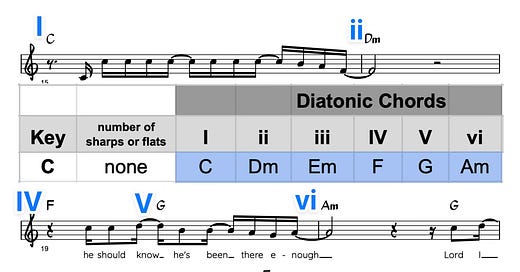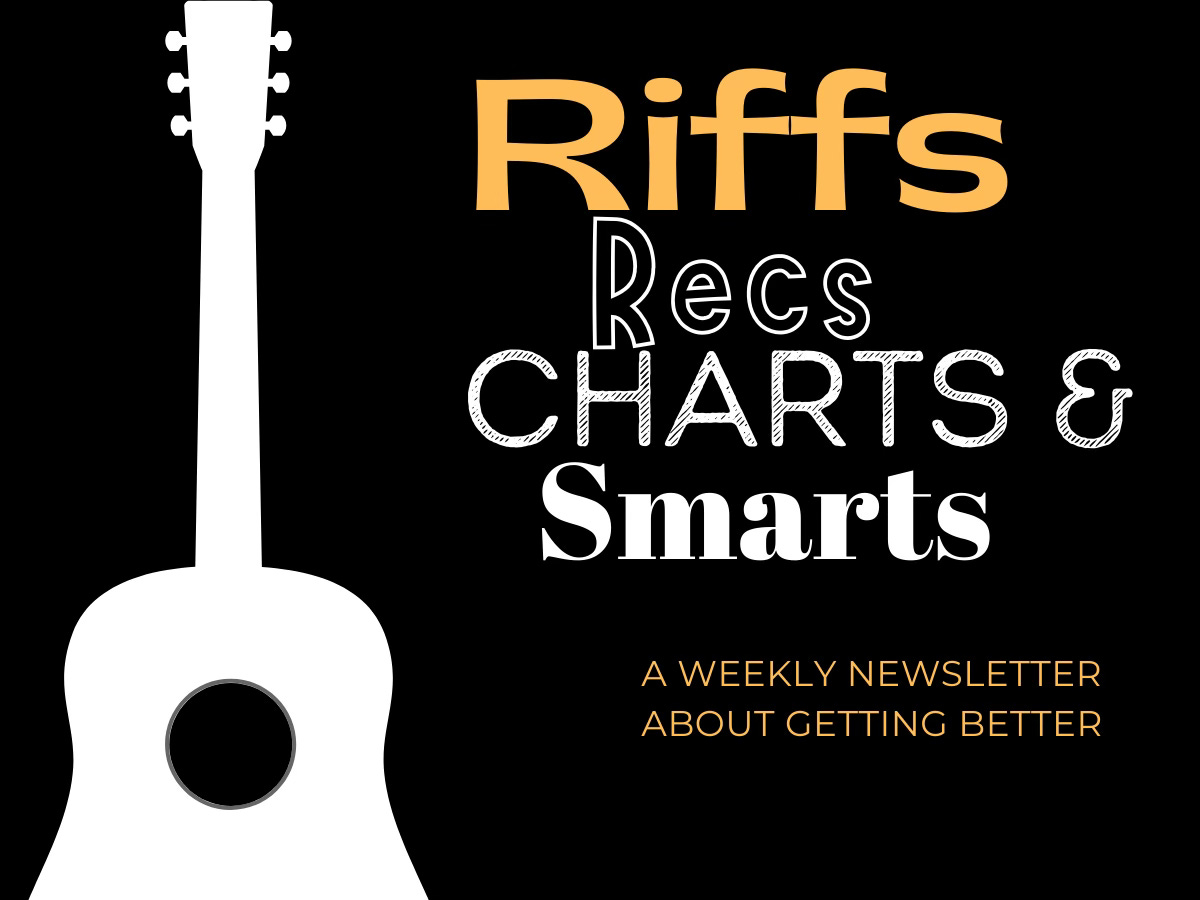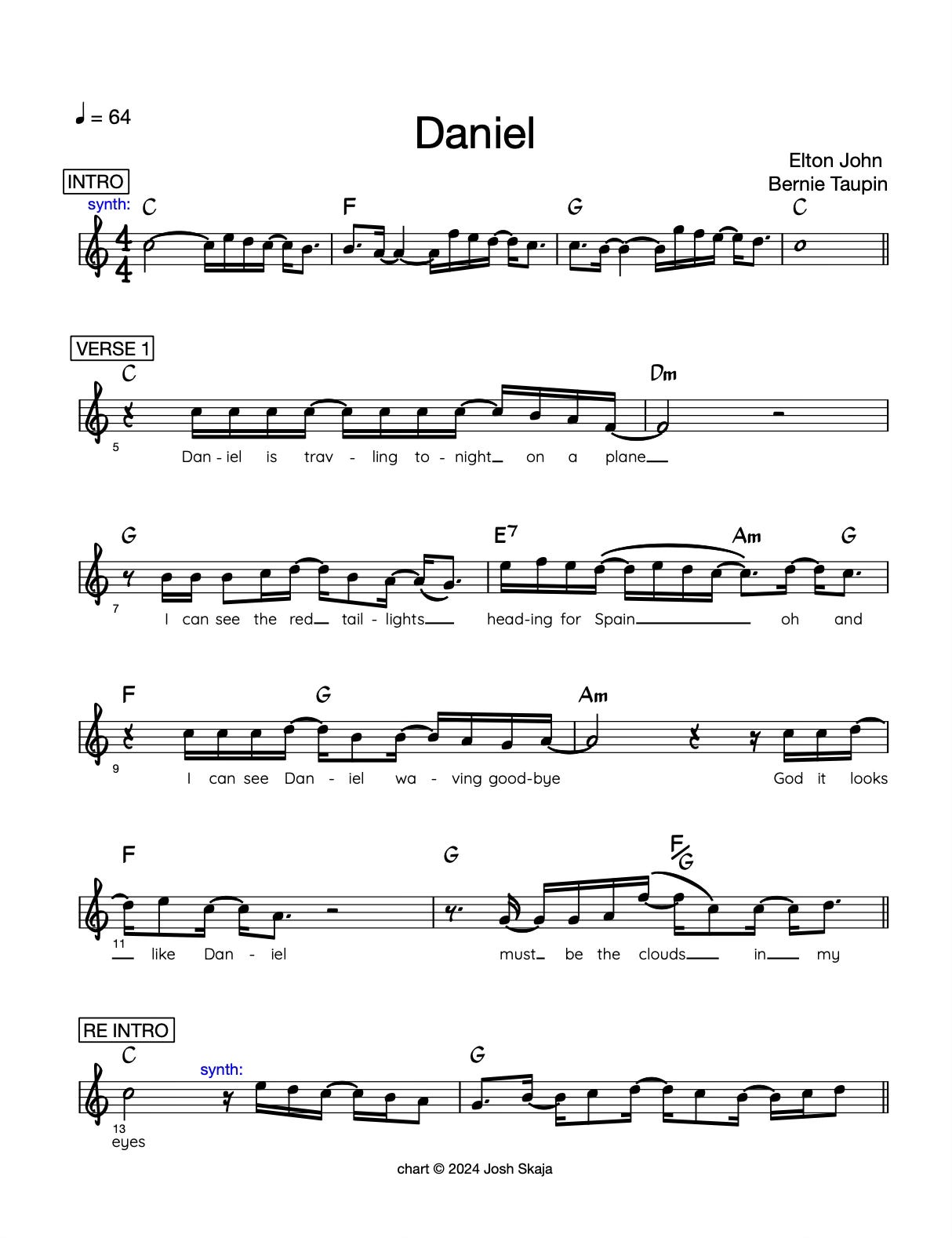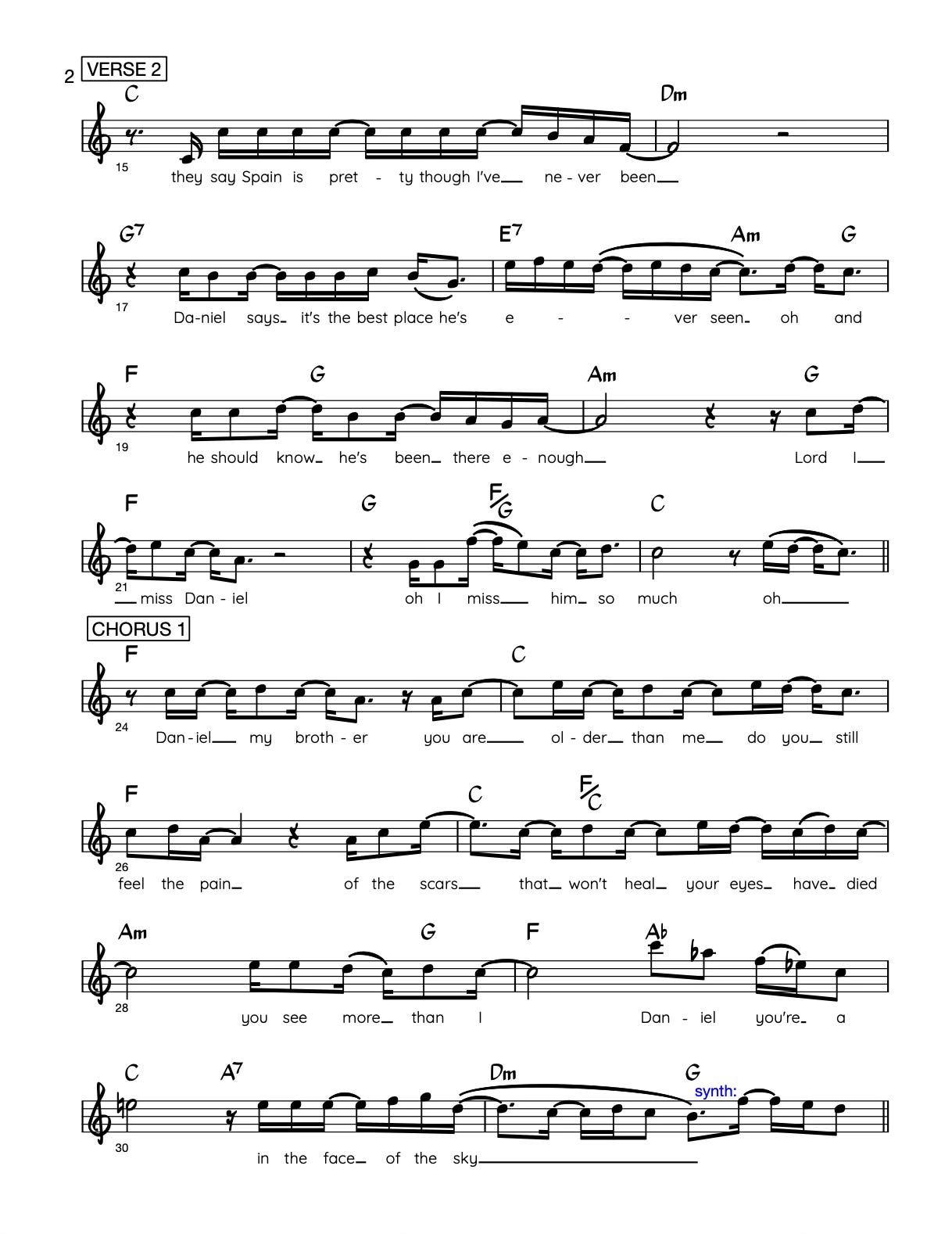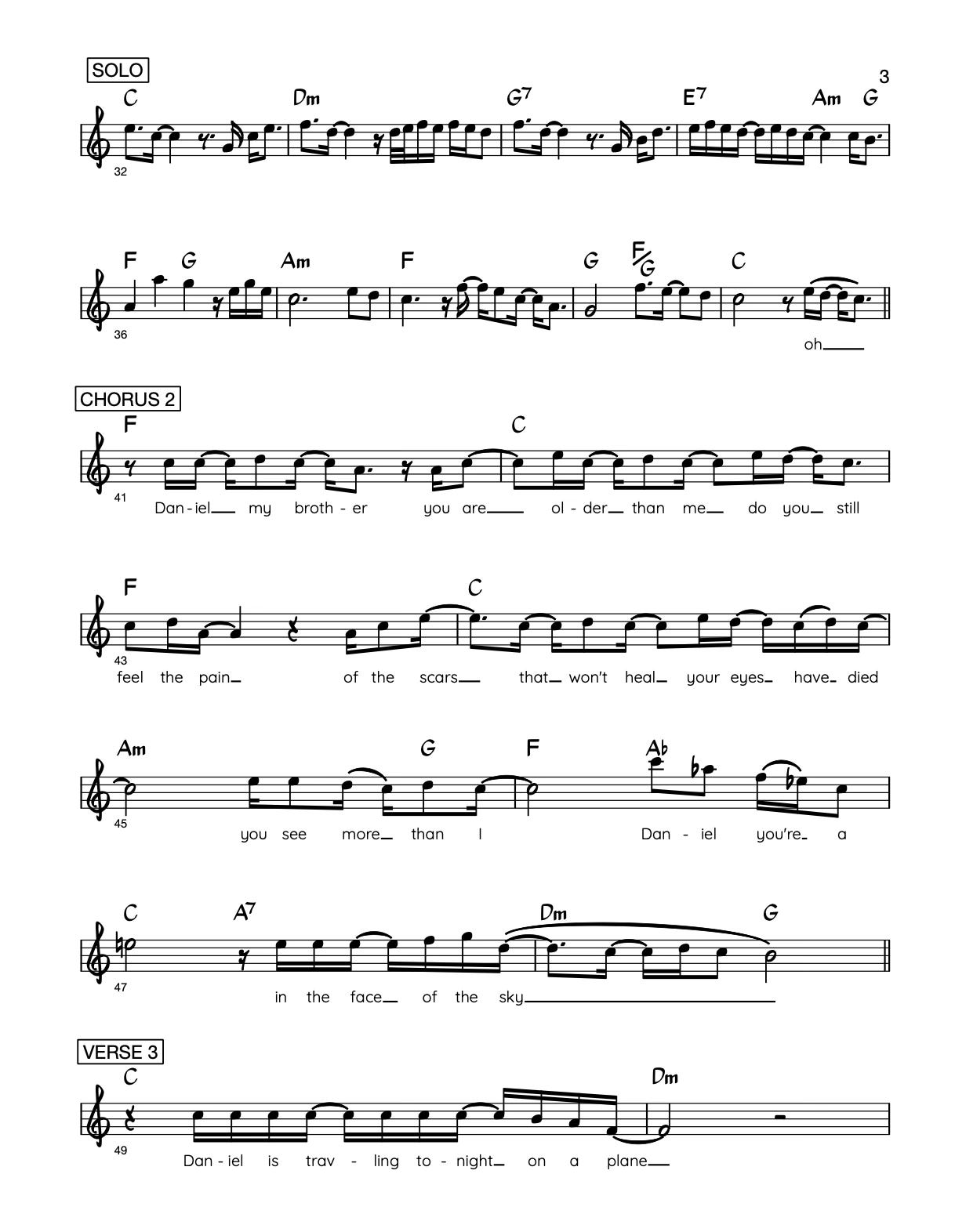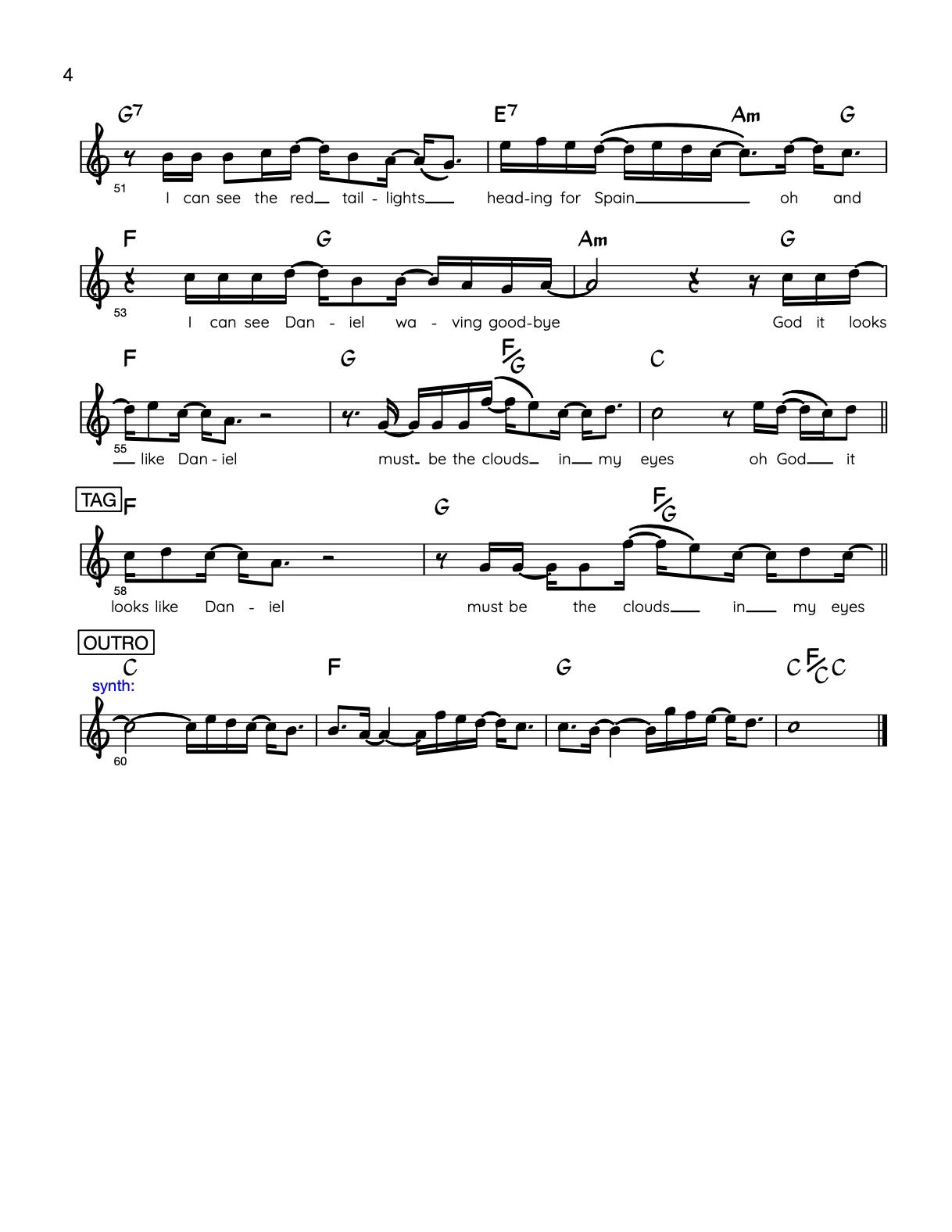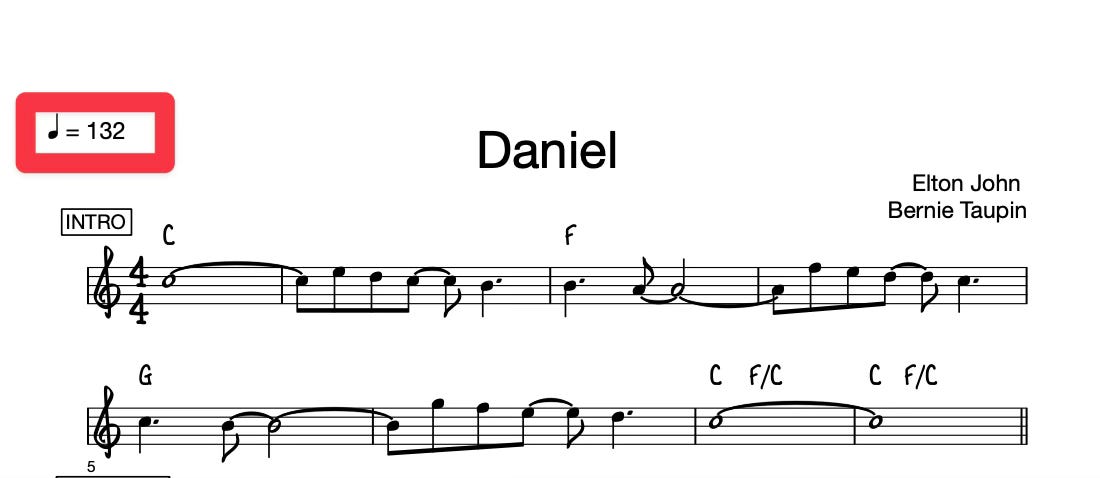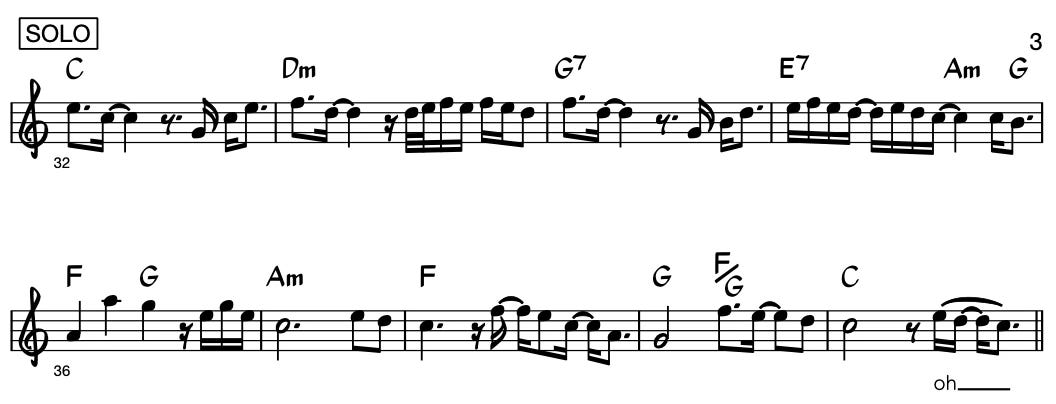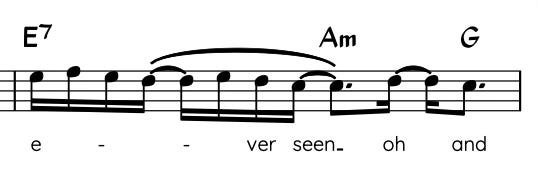RIFFS:
“We need to be reminded more than we need to be taught.”
That’s Alex Hormozi’s rewording of Samuel Johnson’s original:
"People need to be reminded more often than they need to be instructed."
Like the charts themselves, this newsletter is just one big reminder to myself.
Hey buddy. This is important. Don’t forget.
In that spirit, here’s what I try to keep top of mind:
In time. In tune. With dynamics.
Music theory is just the names we give to commonly occurring things.
The theory name isn’t what makes it sound cool. It sounding cool is why it has a theory name.
The WHEN of music is just as important as the WHAT of music.
Charts are just maps. It’s more fun to enjoy the scenery than to stress out about missing your next turn.
RECS:
Speaking of dynamics, I loved this short clip:
In it, lyricist Howard Ashman directs voice actor Jodi Benson.
She’s got singing chops galore, and I imagine there’s a temptation to belt everything. But instead, Ashman helps her find the right dynamic to convey the vulnerability of the lyric. She brings Ariel to life with those breathy little chuckles.
I try to keep this in mind when performing.
Make space for the audience to come to you. “Intensity is better than enormous.”
CHARTS:
Every time we’re reminded, the information is recontextualized by who we’ve become since we first learned it.
No man ever steps in the same river twice, for it's not the same river and he's not the same man. -Heraclitus
I charted Elton John’s Daniel a few years back, and of course Current Me is embarrassed by the work that Past Me did. Progress!
Here’s my new chart:
SMARTS:
1/ quick hits & quirky bits
TEMPO, METER, & KEY:
~64
(not recorded to a click)
4/4 time
C major
FORM:
INTRO - VERSE 1
RE INTRO - VERSE 2
re intro is half as long as the intro
CHORUS 1 - SOLO
solo is over the verse form
CHORUS 2 - VERSE 3
TAG - OUTRO
outro is the intro again
2/ the biggest thing I got wrong
My old chart is wrong about the rhythm & tempo.
Like every commercially available chart I’ve seen, I wrote it with a sort of unofficial cut time. Meaning: we counted it twice as fast as it really is in order to make the melodic rhythms easier to read.
In reality, it’s half that fast. But how can you tell?
The best way I know is to listen to the snare drum. It’s almost always on 2 & 4:
Counted in cut time, Daniel sounds like this:
That’s not quite wrong… but it also doesn’t reflect reality.
3/ again, this style of chart is a “Lead Sheet”
Lead sheets have:
the melody
the lyrics
chord symbols
I’m trying to get better at making lead sheets. (Recently we did Let It Go this way.)
Sometimes lead sheets will include important instrumental figures (like this INTRO melody):
For Daniel, I also included the solo:
4/ Some cool chord moves
The usual chords are all present & accounted for:
But we’ve also got these three cool moves:
III7 to vi:
I - VI - ii - V:
the ♭VI:
That’s all I got this week.
See you next Wednesday,
Josh

